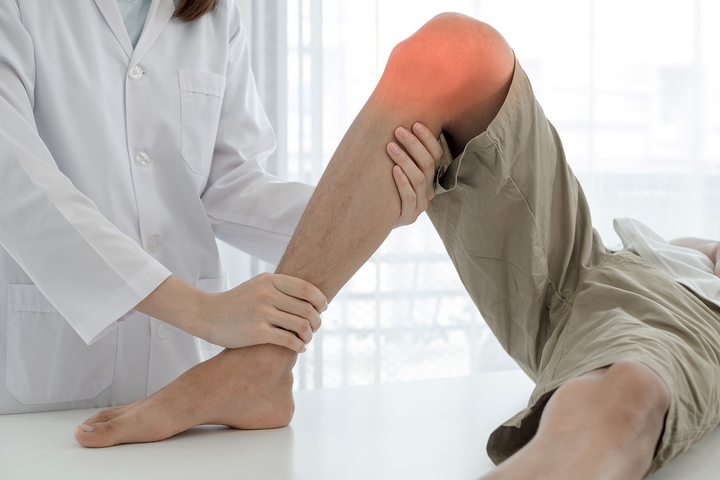In today’s society, muscle knots in the shoulder region are not uncommon. For many hours of the day, we are hunched over on our devices, carrying around heavy bags, or doing other activities that cause stress and tension to our shoulder blade muscles.

The reason shoulder blade knots occur is due to agitated muscle tissues. Muscle tissues being overstrained has leading contributors such as repetitive stress to the muscles, poor posture, or overworking yourself. Even factors such as continuous unhealthy eating habits and anxiety can also supply muscle tissue with just enough stress that they form muscle knots.
Having muscle knots in your shoulder blades can be a painful and tiresome experience. They are annoying and unbearable to deal with and require some time and patience to treat. Thankfully with our list of multiple ways you can treat your muscle knots, you will be able to recover in no time!
It is essential to know that muscle knots can also be a sign of long-term pain conditions. If you find that your muscles have still yet to recover, it is best to seek treatment promptly. Here are six treatment methods for how to get knots out of shoulder blades:
1. Physiotherapy

If all else fails, always visit a licensed professional such as a chiropractor or physiotherapist, to help treat your shoulder blade knots. These same professionals will be able to figure out precisely what the problem is and will be able to treat the issue thoroughly and accurately. They may recommend physiotherapy treatment plans.
Chiropractors and physiotherapists can also prescribe exercises targeting any muscle knots you may have. Similarly to the acupuncture method, this is also a costly and time-consuming but worthwhile option.
2. Massages
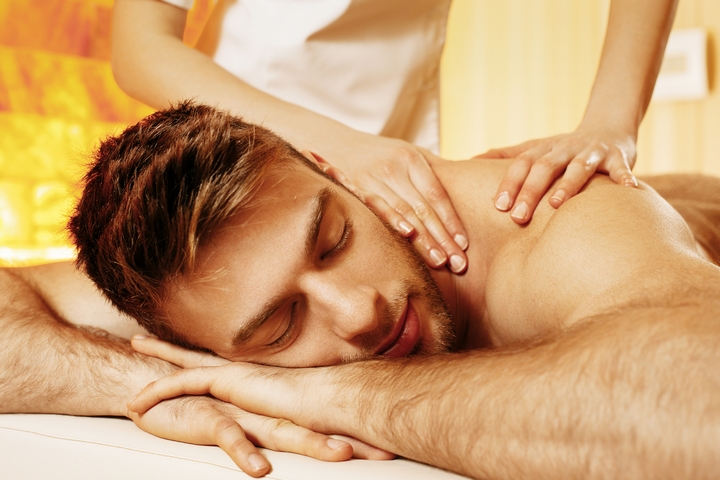
For most cases of muscle knots in the shoulder blade region, a simple massage can do just the trick! To give yourself a muscle-relaxing massage at home, find the knot’s location in your shoulder and gently massage it using your fingers.
For a more targeted massage, press into the knot with your fingers and make circles to help alleviate any tension in the area. Repeat these two massages for a few minutes repeatedly throughout the day, and your shoulder blades will be thanking you for your hard work later!
3. Hot and Cold Therapy
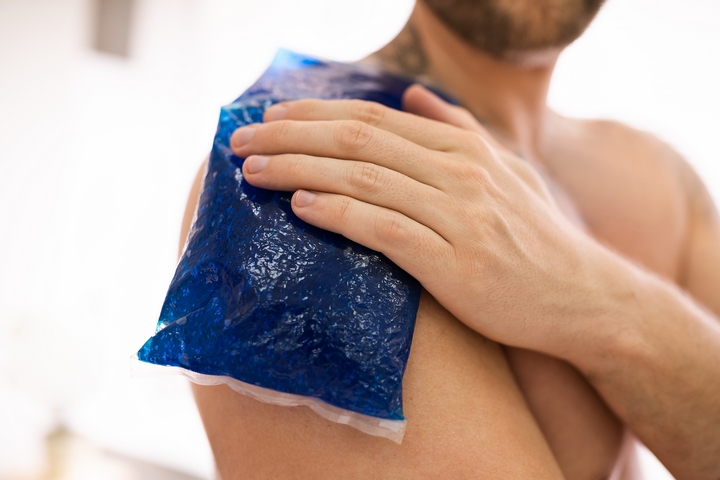
Hot and cold therapy is a practice used by many today that dates back to the time of ancient Greece and Egypt. Heat therapy helps to promote blood flow to a particular area which relaxes tense muscles. Cold therapy aids in constricting blood flow in a specific area which helps reduce any initial swelling.
To utilize a cold compress for your muscle knot, leave the compress on the knot for 10-15 minutes at a time. To use a heating pad for your muscle knot, apply it to the area of the knot and leave it on until you feel relief. Combining and interchanging the two types of therapy can help alleviate and ease any pain or inflammation that may result from knots in your shoulders.
4. Stretching

Stretching is a common practice for athletes as it can increase blood flow, decrease stiffness, and improve joint motion, but did you know it can also help relieve and treat muscle knots? Stretching helps ease the tension in muscle knots, alleviating any pain and stress you may be experiencing within that region.
To stretch, grab your opposite arm with your hand and pull that same arm back; hold that position for 30 seconds and repeat to the other arm. Another stretch option is to reach behind your back, above the wrist of the arm with the knot, hold for 30 seconds, and repeat to the opposite arm.
5.Medicine
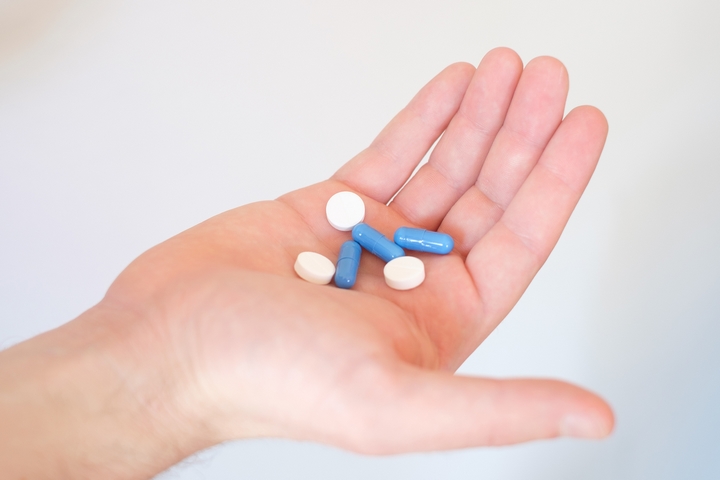
Medication is the modern solution to most problems we may be facing within our bodies. Thankfully, many over-the-counter medications are formulated specifically for muscle knots and can help treat any pain or stress that may accompany them.
Of course, most of these medications do not provide immediate relief, but with time, these shoulder knots can calm down significantly. There are also options for medicated creams that can be applied to the knot that will be able to aid in alleviating pain and tension.
6. Acupuncture
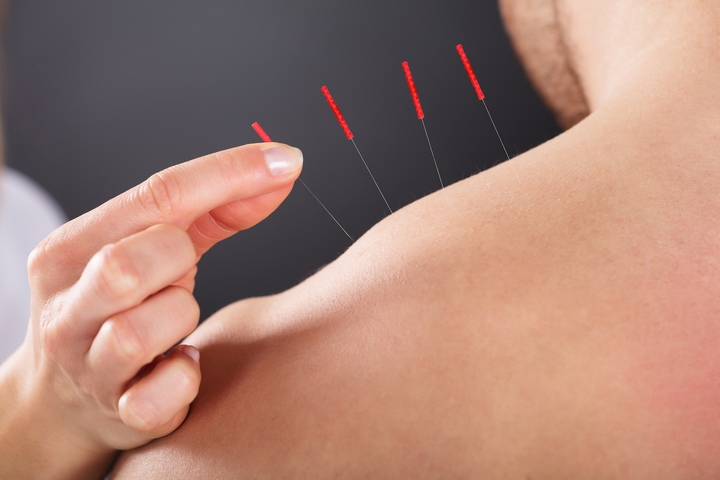
Acupuncture is a practice of traditional Chinese medicine; involving the puncturing of thin needles at precise points to relieve pressure. It is an excellent alternative to medication.
This is a more costly option that requires multiple sessions and some patience. Still, it is very effective and can even help with other problems you may be experiencing within your body.




